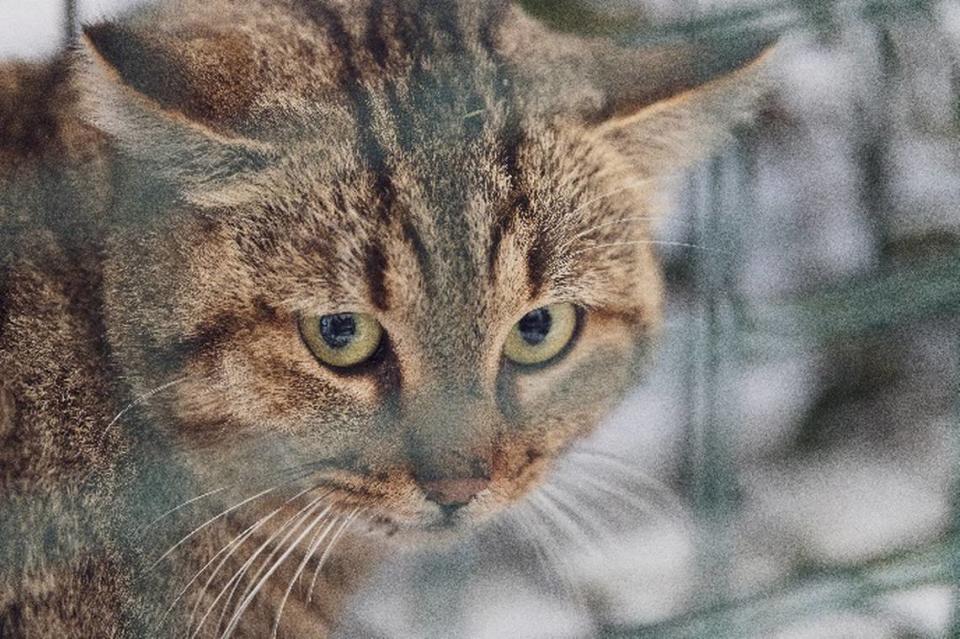Creature of island mythology is real — and a new species, researchers in France say
Bounded by stunning beaches and punctuated with rugged mountains, inhabitants of a small French island in the Mediterranean have long relied on agriculture and livestock herding. For just as long, folktales have warned of a creature lurking nearby.
Stories of the ‘Ghjattu Volpe’ have been passed down in Corsica’s island mythology, the French Office for Biodiversity said in a March 16 news release. Literally translated, the creature’s name means “cat-fox.”
“The cat-fox is part of our shepherd mythology,” researcher and wildlife official Carlu-Antone Cecchini told AFP in 2019.
“From generation to generation, they told stories of how the forest cats would attack the udders of their ewes and goats,” he told the news outlet.
Local officials began considering the cat-fox a real species in the 19th and 20th centuries, French officials said. For most others, the animal remained a myth.
That changed in 2008 when the creature was accidentally captured. The mid-sized tannish-orange feline was found “in a local chicken coop,” AFP reported.

The incident sparked a rush of research. Scientists knew the cat-fox was real but not much else about it, French biodiversity officials said.
Researchers set up traps and cameras on Corsica, eventually capturing 16 wildcats. The cats were genetically sampled, and some were fitted with GPS tracking collars and released, officials said.
The cat-fox initially looks like a housecat, photos show. It has a soft coat with a tan-brown color and a distinct black ringed-tail. Upon closer analysis, the wildcat is “much longer than an average cat,” reaching just over 2 feet in length, RFI reported. The animal’s ears are also larger and its canine teeth more developed.

By 2019, encouraged by their findings, wildlife officials proposed the idea the Corsican cat-fox was a new species of wildcat, RFI reported at the time. Further study of the cat’s DNA, however, was needed to confirm this hypothesis.
Years later, French officials have come to a conclusion, the release said. A study of the cat-fox’s DNA was published in Molecular Ecology in January.
The Corsican cat-fox is a new species, officials said. The wildcat was genetically distinct from its three geographically closest relatives: the domestic cats in mainland France, the wildcats in mainland Europe and the wildcats of the neighboring Sardinia island, the study said.
How did the Corsican cat-fox stay hidden for so long?
According to Pierre Benedetti, a researcher studying the cat-fox, “it’s a very discreet, nocturnal animal,” he told RFI in 2019.
The creature’s isolated and mountainous island habitat also contributed to its ability to remain undetected, researchers told AFP in a video.
Researchers still have a lot to learn about the elusive wildcat, officials said. Further research is needed to understand where the cat lives, its normal behavior and how it came to inhabit this island.
The study authors also noted the need for a larger data set of DNA samples to determine the Corsican wildcat’s genetic history and when the species became distinct from nearby felines.
Corsica is an island in the Mediterranean, about 105 miles southeast of mainland France. The Italian island of Sardinia lies just south of Corsica.
Google Translate was used to translate the news release from the French Office for Biodiversity (Office français de la biodiversité).
UPDATE: The study authors provided McClatchy News with a copy of their research on Tuesday, March 21, clarifying the Corsican wildcat was genetically distinct from three other cat species, not two. The location of Corsica in relation to mainland France has also been corrected.
The updated story is above.
90-year-old endangered Mr. Pickles fathers 3 ‘surprise’ babies in Texas. Take a look
‘Elusive and cryptic’ swamp creature spotted for the first time in Singapore
Newborn whale seen with mom of a usually antagonistic species in Iceland, study says


